
Comparable overall survival and distant recurrence outcomes make stereotactic body radiation a feasible alternative.

Comparable overall survival and distant recurrence outcomes make stereotactic body radiation a feasible alternative.

Rocatinlimab shows real-world promise for moderate to severe AD, enhancing treatment efficacy and reducing steroid reliance, explains Emma Guttman-Yassky, MD, PhD.

Hair loss disorder can lead to a significant psychological and emotional burden that warrants more attention, new research suggests.

Aggressive lifestyle and risk factor control after ablation significantly lowers atrial fibrillation recurrence and improves heart health.

PBM legislation is rising nationwide, which experts emphasize could increase costs and hinder patient care.

Guideline adherence in treating acute lymphoblastic leukemia (ALL) enhances health care resource utilization, especially for adolescent and young adult patients.

Though patients with type 2 diabetes or chronic kidney disease (CKD) face a greater risk of heart failure (HF) following acute myocardial infarction (AMI), patients without those comorbidities also benefit from empagliflozin.

Deuruxolitinib 8 mg BID was found to be the most effective oral JAK inhibitor for severe alopecia areata in a new meta-analysis.

Despite clinical definitions suggesting patients recover from exacerbations within 2 weeks of hospital discharge, most patients in a qualitative survey believed they had not achieved recovery within 3 months.

Combining ELR with CT-based measures predicts olfactory recovery in CRSwNP patients, highlighting eosinophils' role in disease severity and dysfunction.

Geni Tunstall, JD, discusses how pharmacy benefit manager reforms, Medicaid changes, and the MAHA initiative may impact managed care pharmacy operations.

Experts at AMCP Nexus 2025 highlighted how real-world data can improve CAR T-cell therapy access and outcomes.
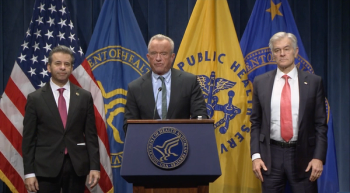
The FDA announced draft guidance to remove clinical efficacy studies for biosimilars and also issued the position that all biosimilars in the US should be interchangeable.

Increasing respiratory syncytial virus (RSV) vaccination among older adults could prevent up to 1600 deaths and 20,000 hospitalizations over 5 years.

Premiums for coverage on the ACA marketplaces are set to jump by an average of 26% next year, even before the expiration of subsidies is factored in.
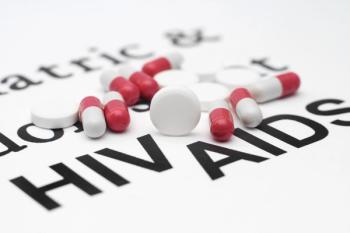
The antiretroviral (ART) regimen Biktarvy showed higher 1-year ART persistence and lower switch rates among people with HIV.

Metabolic intermediates were identified as active participants in fibrosis progression and potential targets for next-generation therapies.

Real-world data suggest metabolic dysfunction-associated steatotic liver disease is also associated with higher all-cause mortality.
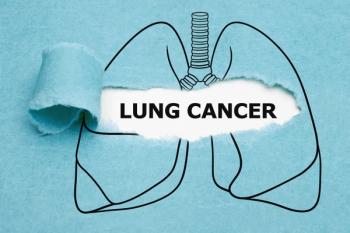
Previous research has evaluated PD-1/PD-L1 immunotherapy in patients with extensive-stage small cell lung cancer (ES-SCLC), but research in the setting of limited-stage disease is sparse.

Symptoms of dry eye improved when patients in Canada used reproxalap compared with a placebo dose.

Radiomic assessment has been used to distinguish multiple sclerosis from similar disorders, and it might also be useful in identifying MS stages and subtypes.
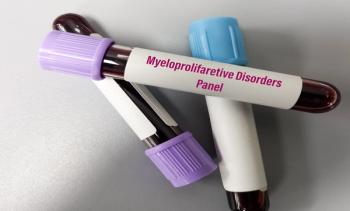
A new analysis suggests links between ZRSR2 loss and JAK2 V617R disease progression are indirect and complex.

Overlapping metabolic mechanisms drive both chronic kidney disease (CKD) and valvular heart disease (VHD), a new review outlined.
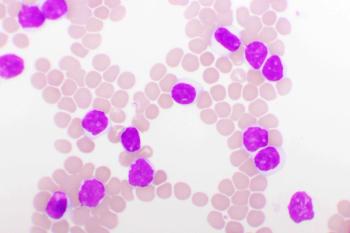
Cardiac adverse events were lower among patients taking zanubrutinib compared with ibrutinib in the real-world setting.

In the midst of a government shutdown, former House Speaker Paul Ryan urges clear policies, AI innovation, and patient-focused solutions to build a sustainable US health care system.
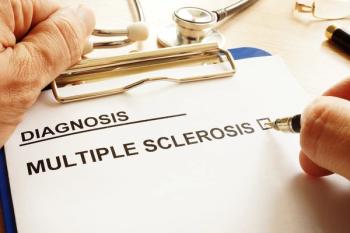
Structural and microbial findings point to a potential nasal-brain immune connection in patients with multiple sclerosis (MS).

A multidisciplinary approach that includes addressing social determinants of health reduces time to remission despite higher initial costs.

Researchers found more local pharmacies than facilities that prescribed pre-exposure prophylaxis (PrEP) in areas of high case load.

Posters presented at AMCP Nexus 2025 found especially low oral HIV PrEP uptake among transgender individuals and those facing insurance challenges.

Payers cited high upfront costs, long-term uncertainty, and narrow coverage criteria as factors continuing to limit access and reimbursement innovation.

259 Prospect Plains Rd, Bldg H
Cranbury, NJ 08512
© 2025 MJH Life Sciences®
All rights reserved.
